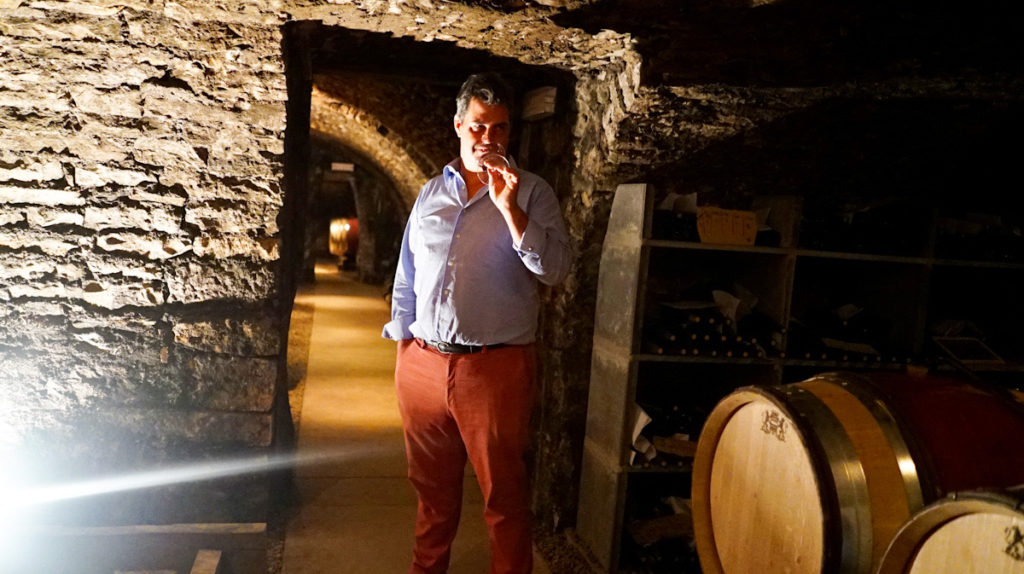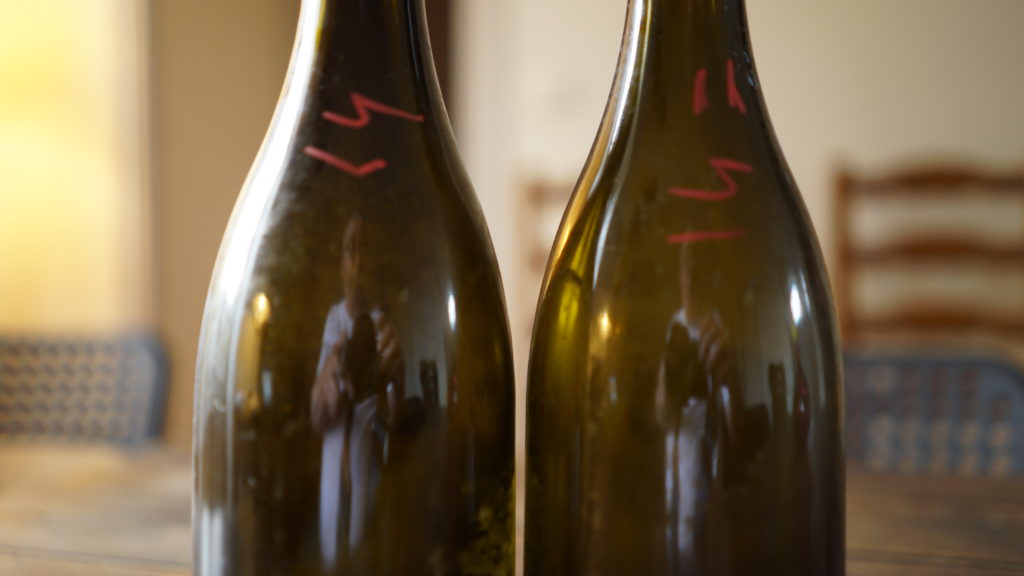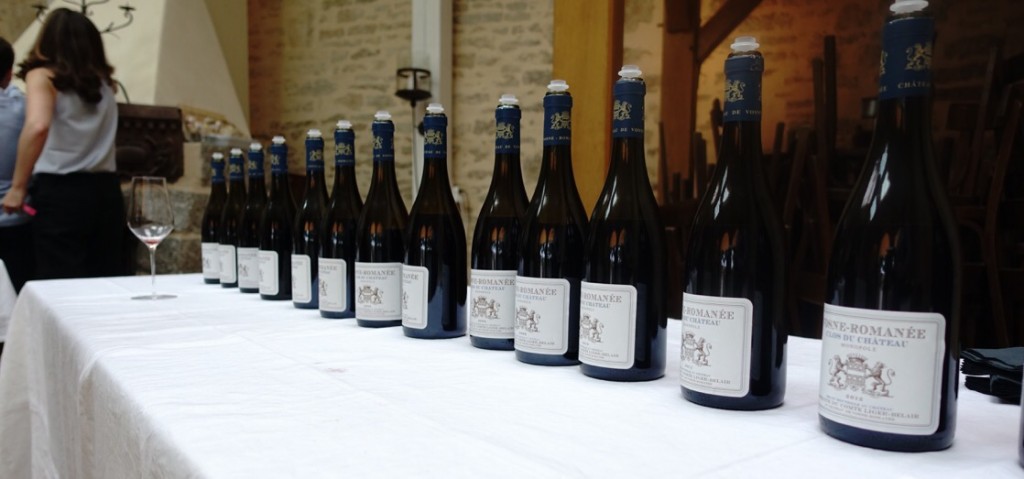One rarely has the opportunity to monitor or research the effects of viticultural efforts and initiatives on the finished wine; this is understandable.
Yet a deeper understanding of these methods and their effects could only help quantify the quality of a wine, as well as the basic elements that help create a vin d’emotion.

My visit to Domaine du Comte Liger-Belair in celebration of the Winehog’s ten-year jubilee did, however, provide some of the unique viticultural knowledge, insight, and understanding that I have been seeking.
The effects of biodynamics – or rather, the possible effects of biodynamics.
The setting
Louis-Michel Liger-Belair took over his family estate in 2000, when the vineyards were returned to his control. Chemicals were banned immediately, and by 2008, biodynamic methods and preparations were in place, and the certification process began.
In the end, Louis-Michel took the full step, earning both AB organic status and a biodynamic certification (Biodyvin) in 2012.
Assessing the impact of biodynamics
Biodynamics, as said, were implemented in 2008, but a few small parcels within the Clos du Château vineyard were kept as “only” organic plots. The aim was to see, quantify, and qualify the differences between organic and biodynamic viticulture.
In 2012, the estate got its Biodyvin certification, and two years later, in 2014 and 2015, quality tests were done to compare the two viticultural practices – organic and biodynamic.
The two 2014s
The experiment was complex to design, but in reality, relatively simple. In both 2014 and 2015, organic wine was made from the reserved plots that had not been treated biodynamically.
The tasting topic was known beforehand … one organic bottle and one biodynamic… served blind.

This is a test that could possibly be criticized in all kinds of ways, but despite these uncertainties, it was a very interesting experiment.
I was able to comparatively taste the 2014s, and the result was rather dramatic; remember, this was after only five or six years of biodynamics, and only two after the domaine was Biodyvin certified.
The two 2014s were quite typical of the vintage, with reasonably cool fruit that, after six and a half years, was youngish but clearly maturing. There was lovely mid-palate tension and fruit, and a delightful expression of this slightly flamboyant Vosne terroir.
The biodynamic version, however, was more than one level up on the organic wine, with more mid-palate fruit, additional depth, and greater balance. The biodynamic wine was effortless, with significantly more energy and tension.
Effortlessness is a quality I’ve found in many biodynamic wines: the “noise level” is lower, and the energy and tension more crystal clear, hence a more transparent, vivacious expression.
That biodynamics takes the 2014 one or even two levels up is both fantastic and encouraging. Clearly, this is a big part of the quality of Clos du Chateau, a wine I adore.
Biodynamics and vin d’emotion
For me, biodynamics helps significantly in bringing a wine the qualities that I seek in a vin d’emotion – effortlessness, tension, and energy. It is a big part of what gives the Clos du Château its emotional qualities.

Please note that I am NOT saying only biodynamic wines can be emotional. But by implementing biodynamics correctly – and, importantly, with the right vinification – biodynamic viticulture can be a crucial step towards creating a true vin d’emotion and in some cases, can be the essence of a vin d’emotion.
The steps to a vin d’emotion
Over the next weeks and months, I will dig deeper into emotional wines, to try to find out what practices lead most directly to a vin d’emotion. This will not be easy, but the discoveries at Domaine du Comte Liger-Belair have inspired me to look more closely, and have perhaps brought some clarification nearer.

 - A true vin d’émotion – a Burgundy of passion
- A true vin d’émotion – a Burgundy of passion - A truly hedonistic wine – lively and enjoyable
- A truly hedonistic wine – lively and enjoyable - A vivacious wine for pure indulgance
- A vivacious wine for pure indulgance - A potential vin d´émotion - frais et léger
- A potential vin d´émotion - frais et léger
Steen, have you recently reviewed this article in terms of the passage of time in developing an even deeper understanding of the impacts and impressions of BD on other Domaines across the Cotes? I am sure there are some who would be interested in developing a greater feel for your words of effortlessness, tension and energy and possibly also your observations on the expression of reserved power whilst still retaining elegance, femininity balanced with a brooding masculinity… wow, theres a PHD in this one ;). Cheers, Rusty
Thanks for your comments …
Firstly I dont review old articles unless there are errors … thus the blog formate. This would be a one man job alone.
I normally use these words to illustrate the effects of Biodynamics … but perhaps I should make an article about the effects … and the words I use to describe the effects.